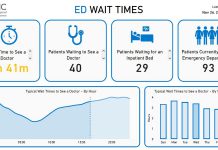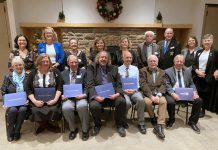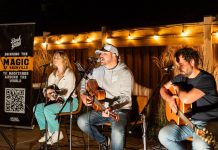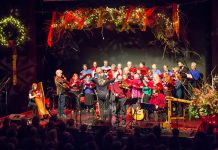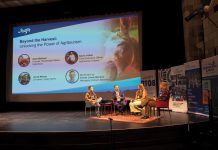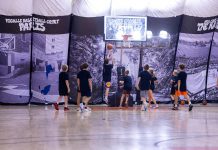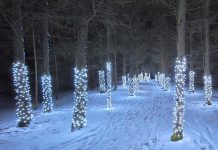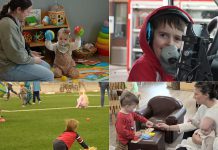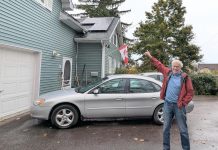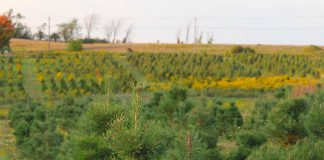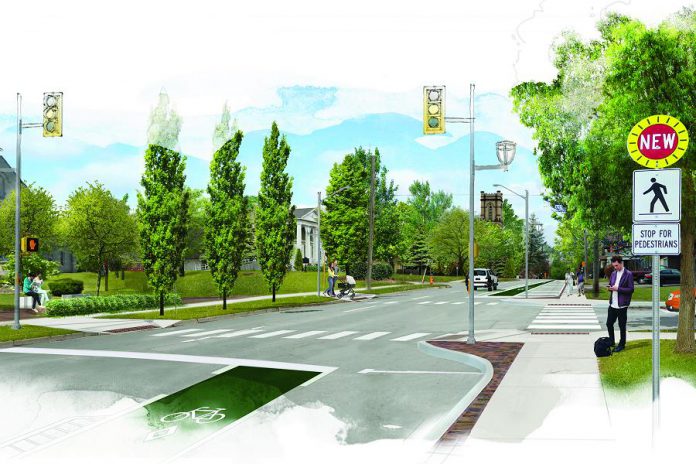
GreenUP’s NeighbourPLAN program thrives on building community connectedness and bringing together diverse voices to re-imagine public spaces, streets, and sidewalks. With public spaces and community gatherings as our purview, the COVID-19 pandemic has presented us with some unique challenges as we all stay home and help flatten the curve.
NeighbourPLAN uses a resident-centred approach to envisioning more active, sustainable, and livable communities. Typically, our program involves a lot of time working directly in communities: hosting monthly resident committee meetings, doing pop-up engagement sessions, animating public spaces, and using dozens of co-design tools to spark discussions about urban planning and design.
While we cannot meet with residents, we are exploring ways to continue building community connections in the midst of the pandemic. We have also been using this time to review what was learned through resident engagement and create tools that help articulate residents’ visions for their neighbourhoods, including Portrait of the Talwood Neighbourhood and Vision for the Downtown Jackson Creek Neighbourhood.
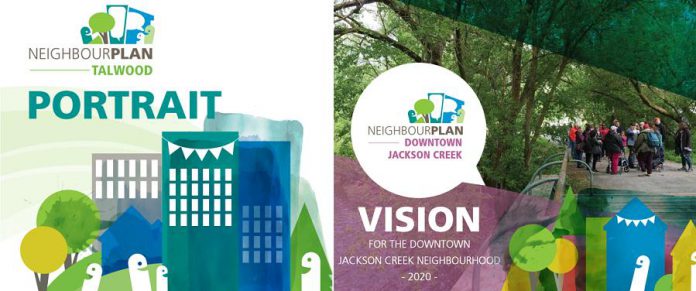
These documents are now available at greenup.on.ca/program/neighbourplan/.
In Talwood, we are proud to present Portrait of the Talwood Neighbourhood. We have been working with residents in the Talwood community since last summer, and have compiled thoughts, feelings, and concerns of over 300 people to create this portrait.
We have loved getting to know the Talwood community and watching connections grow as the NeighbourPLAN project progresses in Talwood.
“I’ve really enjoyed the opportunity to connect with neighbours and develop some friendships through events hosted by NeighbourPLAN,” says Jackie Sherry, one of the members of our core resident group for the Talwood neighbourhood. “It is nice to see public space in this neighbourhood used to bring neighbours together.”
The Talwood portrait highlights some of the unique assets of the area, such as the vibrant Talwood and Whitefeild community gardens, the abundant greenspace in the Parkway Corridor, and the access to amenities like shopping, medical services, and more. It also identifies some of the areas for improvement identified by residents, including crossings in areas where drivers’ speed or visibility is poor, and areas in need of a community clean-up.
The Talwood portrait serves as the guiding foundation for the next phases of the NeighbourPLAN project, where residents and built environment professionals will work together to develop creative visions to address resident concerns.

As the NeighbourPLAN team prepares to move into the next phase of the project in the Talwood neighbourhood, we are adapting our tools and approaches to respond to the COVID context. Typically, we would host a day-long resident and professional design workshop to bring residents together with professionals in urban planning, transportation, public health, urban design, and more.
We’re trying something a bit different this time: throughout the last two weeks of June, we will be hosting a series of virtual mini design workshops to discuss four key focus areas. We invite all residents of the Talwood community to attend these workshops, and also invite any professionals working in the built environment and public health disciplines to share your expertise.
Though we miss gathering with our friends in the Talwood neighbourhood, we are continuing to connect with residents in the ways available to us. We have been having bi-weekly resident meetings online, and we’ve enjoyed having the space to check-in with the Talwood community.
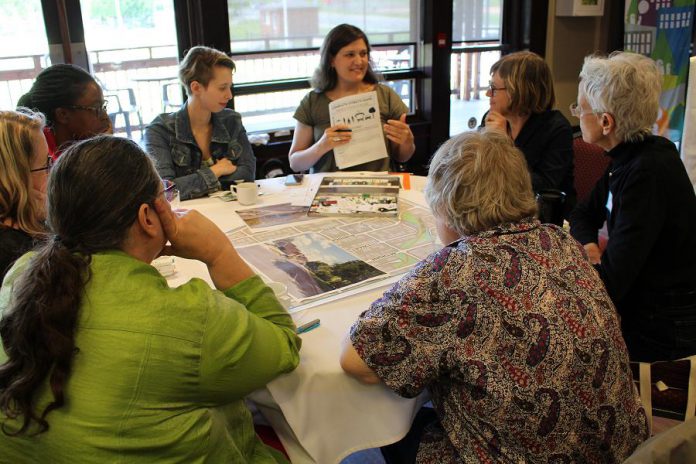
If you would like to stay in the loop and receive a formal invitation to the workshop, or if you live in the Talwood area and would like to join our virtual meetings, email NeighbourPLAN coordinator Laura Keresztesi at laura.keresztesi@greenup.on.ca.
The Downtown Jackson Creek neighbourhood is further along in the NeighbourPLAN process. They have just completed and are working on the release of the beautifully designed Vision for the Downtown Jackson Creek Neighbourhood.
This document is visionary, expressing common goals, principles, and hopes for the public spaces in their neighbourhood. It presents design solutions for focus areas in the neighbourhood, including Reid and Rubidge streets, Park Street, Rubidge Park, and the Trans Canada Trail.
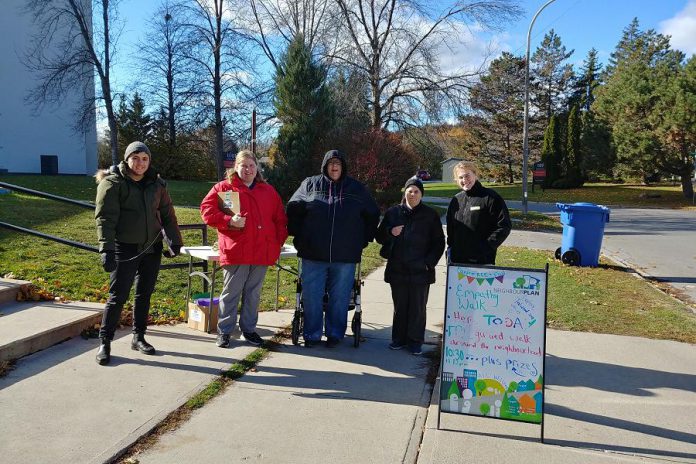
The Downtown Jackson Creek vision also explores ways to foster creative and sensitive redevelopment in the area, and ways to support vulnerable communities through harm reduction and addressing stigma. Some of the design concepts can be achieved through mobilizing small groups of residents, while others are long-term aspirations.
The Downtown Jackson Creek vision is not an official plan for the neighbourhood, but the NeighbourPLAN tools are useful to both residents and partner organizations alike.
“For Peterborough Public Health, the NeighbourPLAN portrait and vision documents are valuable tools for us to understand the social and demographic makeup of particular neighbourhoods, and to have deeper knowledge of residents’ desires for public space in their communities,” says Janet Dawson from Peterborough Public Health. “These documents are useful when we are considering programming and interventions in these neighbourhoods.”
Although we had planned to launch this vision at a community event this spring, we are still brainstorming ways to celebrate the ideas put forward in this document. We are also hoping to support residents this summer and fall to help some of their visions come to life, once we are able to gather in public spaces.
We look forward to seeing what can happen over the next few years. Residents can use the Downtown Jackson Creek vision as a tool to advocate for change they’d like to see in their neighbourhood. City staff and community organizations can use the vision to inform decisions they make, as related to the projects and services taking place in our neighbourhoods.
At its heart, NeighbourPLAN is a program about public space, and one that relies on community connections. We have struggled, as many folks have, to adapt our programming to our new context. Although we miss gathering and celebrating public space, we are working to keep connections alive in our communities, and to prepare for a post-COVID world with more vibrant, active, and liveable public spaces.
VIDEO: Active Neighbourhoods Canada: Spotlight on Peterborough


